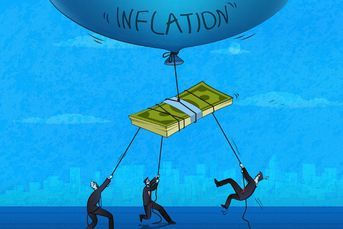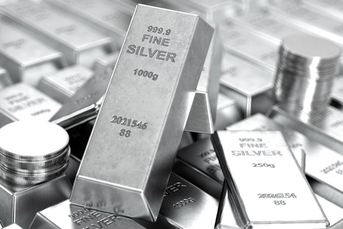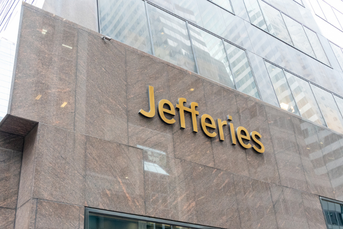Americans’ savings rate sinks to lowest level in 9 years
Chances are, you aren't saving the way you used to.
American households scaled back their pace of savings to the lowest level in nine years at the end of 2016 as the growth of their wages and salaries slowed, updated government figures show.
The personal savings rate was 3.6% in the fourth quarter of 2016, down from a previously published 4.9%, according to annual revisions to gross domestic product and related data, released Friday by the Commerce Department. That’s the lowest reading since a 2.8% rate in the final three months of 2007, just as the U.S. was entering a recession.
The figures suggest that consumers were saving less to maintain their spending entering 2017. That’s significant because consumption accounts for more than two-thirds of gross domestic product, and the revisions may help explain some of the slowdown in first-quarter purchases.
The saving rate recovered somewhat in the first three months of the year, to 3.9% after a previously reported 5.1%. In the second quarter, it was little changed at 3.8%.
A lower fourth-quarter rate was one of the bigger changes in the government’s annual update of GDP that otherwise did little to alter the contours of the eight-year economic expansion.
2014-2016
Economic growth from 2014 through 2016 was marked up to an average annual rate of 2.2% from 2.1%. Inflation, as measured by the personal consumption expenditures price index, was also revised higher, to 1.1% over the period, from 1%, still well below the Federal Reserve’s 2% goal.
Core inflation — which excludes food and energy costs — did rise to an average 2% in the first three quarters of last year, before falling back to 1.3% in the last three months of 2016, according to the revised figures. The mark-up in inflation largely reflected higher charges for financial services in the second and third quarters.
The component of GDP that showed the biggest revision over the last three years was private investment. It’s now seen as climbing by an average 2.6% from the fourth quarter of 2013 to the final three months of 2016, instead of 2.1%. Spending on equipment, nonresidential structures and intellectual property was stronger than previously recorded.
The big downward revision in last year’s saving rate — it’s now put at 4.9% for 2016 as whole, instead of 5.7% — reflected new, lower figures for employee compensation. Wages, salaries and supplements rose 2.8% last year, after expanding by 4.9% in 2015.
Based on the updated figures, the current expansion remains the slowest of the post-World War II period, registering average annual growth of 2.2% through the end of 2016, according to the BEA. Now in its ninth year, it’s also the third longest.
Learn more about reprints and licensing for this article.








